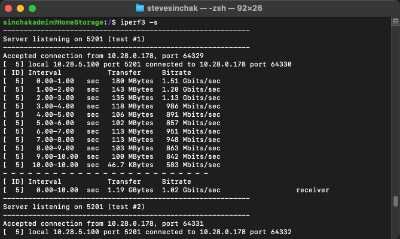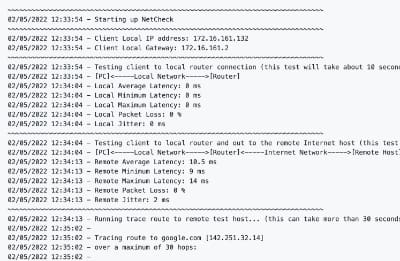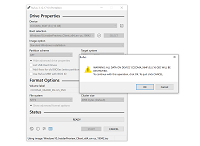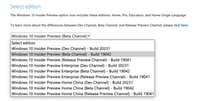For the first time in the history of Windows, Microsoft is making the upgrade to Windows 10 absolutely free for consumers. There are a few requirements but overall it is a very good offer. First, you must be running a fully activated and up-to-date version of Windows 7 or Windows 8. That means you must be running Windows 7 SP1 and Windows 8.1. A consumer edition is also required such as Home or Pro. Sorry Enterprise Edition users. Your hardware must also meet the minimum requirements for Windows 10, which are very low. Finally, you must request you free upgrade within one year of the release of Windows 10 (July 29th 2016).
Requesting the free upgrade is very simple, in fact, the reservation tool will show up on your PC as part of your normal Windows Updates. Simply click on the Windows flag logo that should appear on the right side of the taskbar (near the clock) to open the reservation app. Click the Reserve your free upgrade button and optionally enter your e-mail address for confirmation.
If you can't find the Windows flag logo on the right of your taskbar, take a look at the Windows 10 FAQ.
Windows 10 will automatically download in the background (approximately 3GB download). The reservation application will notify you when it is ready to be installed (after July 29th - Windows 10 launch day).

I recently upgraded my home network from gigabit to 10G so I could take advantage of faster transfers between my Synology NAS, Proxmox server, and workstations. But while editing family video clips stored on my NAS, something did not feel right. Every device was connected at 10GbE, but file copy speeds were slower than expected. This made me wonder, are there bottlenecks in my network?
Read More

With remote work the new standard, having a fast and quality Internet connection and WiFi has become as important as reliable electricity. And if you work in IT support, confirming an end user's home internet, internal network, and WiFi is healthy without errors is the first step of troubleshooting any slowness or video conferencing issue with Zoom, Webex or Teams.
Read More

I've written about a few methods over the years to create a bootable USB flash drive from a Windows 10 ISO file. But recently I switched to using a new tool called Rufus that is both reliable at successfully creating bootable media and automating many steps to quickly get the job done so you can perform a clean install. This is very helpful when performing a clean install of the [Windows 10 20H2...
Read More

The latest update to Windows 10 known officially as the October 2020 update and 20H2 is ready for use and has begun rolling out. The final build number of the 20H2 update is 19042 with minor revisions rolling out along with normal security updates via Windows Update. At this time the new build is available to testers before Microsoft pushes it to millions of users in the weeks ahead. Check out the...
Read More



